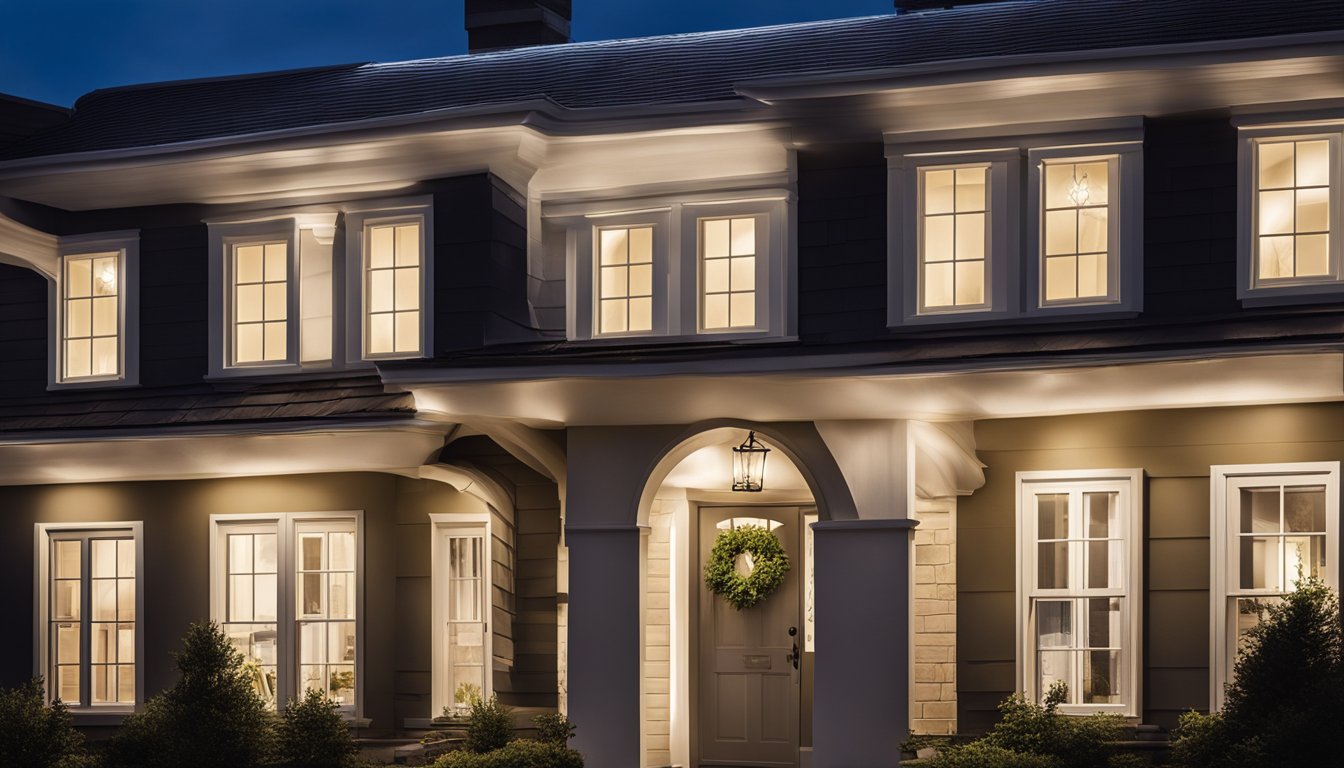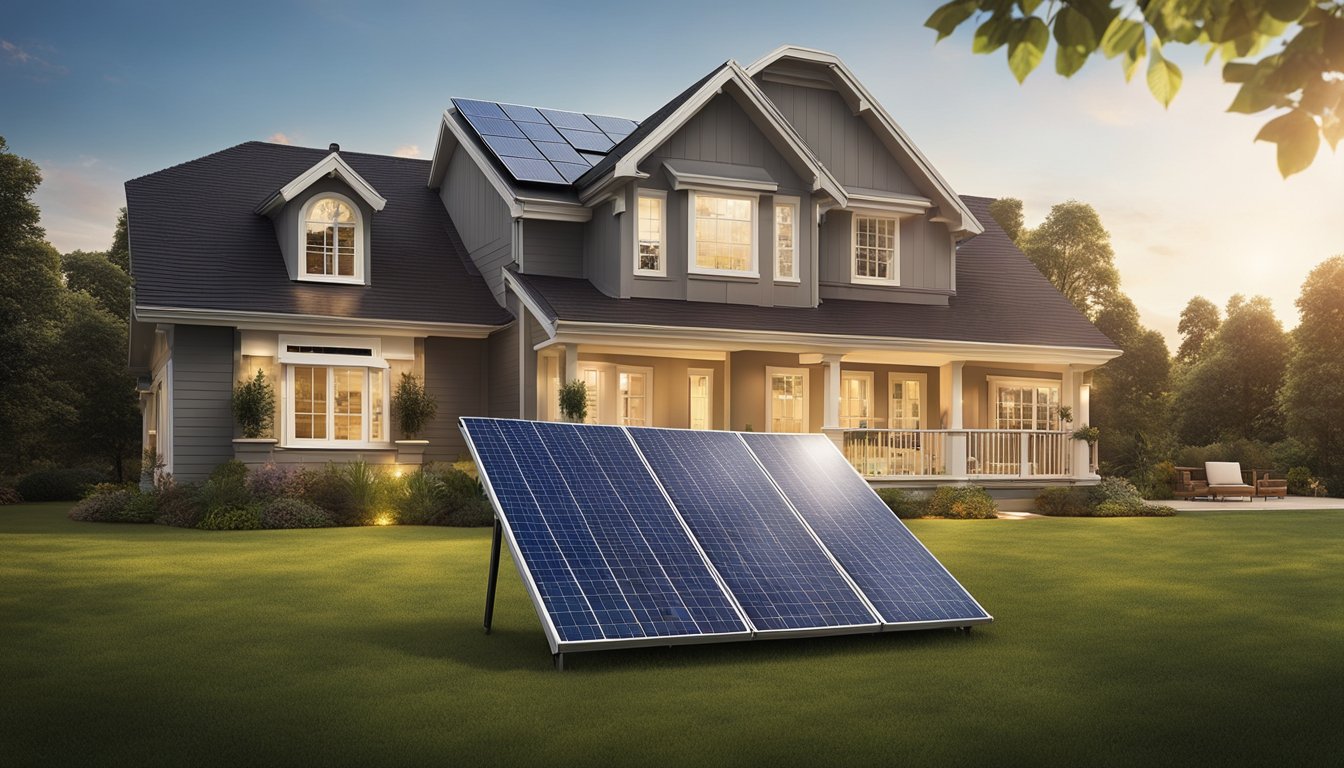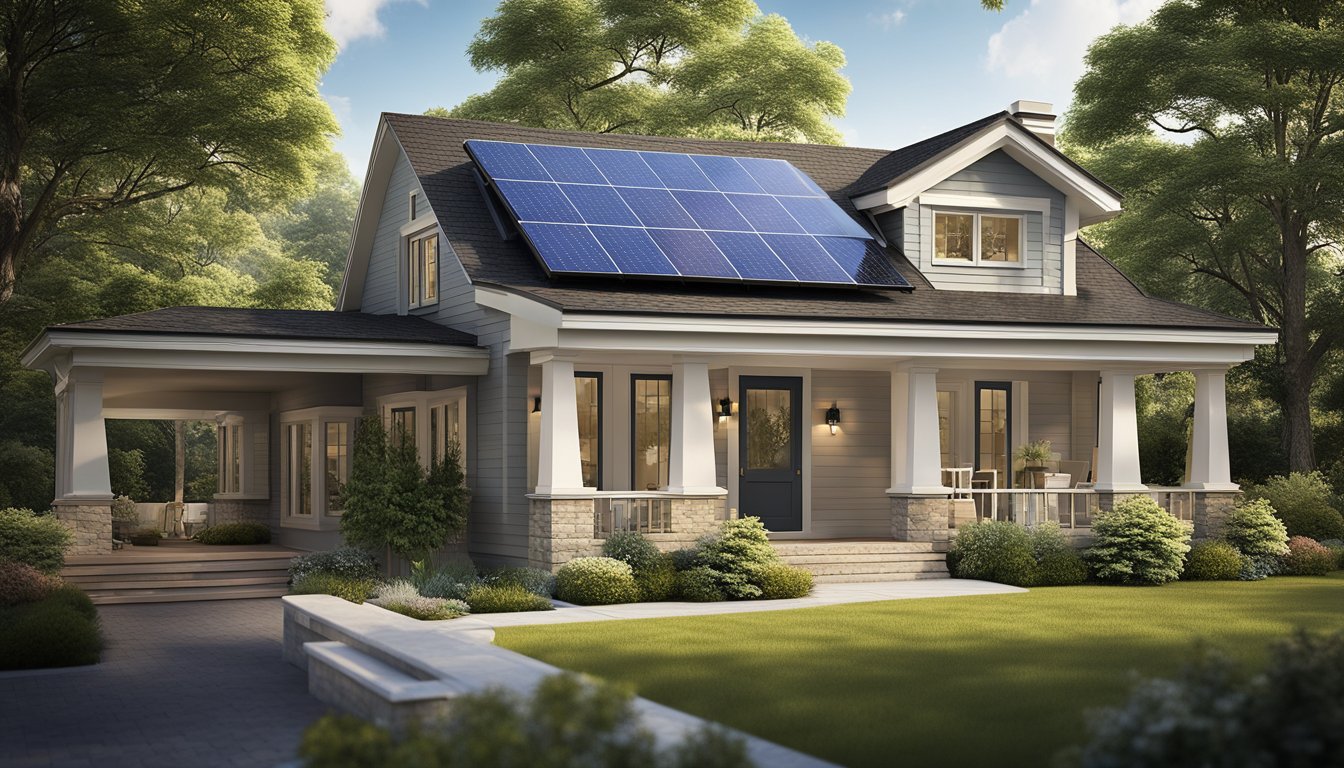Late updated: 06 Feb 2025 09:02
Written by: Daniel Harper
Energy-Saving Hacks For Older Homes: Practical Tips for Efficiency
Older homes have undeniable charm and character, but they often lag behind modern counterparts in energy efficiency. By integrating energy-saving strategies, we can reduce energy bills and lower our carbon footprint without compromising the historic appeal of these homes. This not only contributes to sustainable living but also enhances comfort and functionality.

One effective approach involves modernising appliances. Switching to energy-efficient models can significantly cut energy consumption. Additionally, small modifications such as installing programmable thermostats and water-saving fixtures can bring immediate benefits, conserving resources while maintaining a comfortable living environment. Older homes might already possess inherent features conducive to energy saving, such as thick walls or south-facing windows, which we can optimise further.
By blending these modern upgrades with the intrinsic features of older homes, we strike a balance between preserving history and embracing sustainability. This approach allows us to enjoy living in a charming home without the burden of excessive energy costs.
Key Takeaways
- Modernising appliances enhances energy efficiency.
- Simple upgrades like thermostats and fixtures save energy.
- Combining old and new elements optimises sustainability.
Evaluating Your Home's Energy Efficiency
To truly understand how energy efficient our older home is, we need an in-depth evaluation. We should examine potential areas of energy loss, like drafts and inadequate insulation, and explore practical upgrades to enhance efficiency.
Conducting a Home Energy Audit
Conducting a home energy audit is the first step to identifying energy inefficiencies. We can choose to perform a do-it-yourself audit or hire a professional. A thorough audit will assess energy consumption and pinpoint drafts and air leaks.
Using tools like thermal imaging cameras or infrared thermometers can help us identify hidden energy losses. Drafty windows, doors, and areas around outlets are common culprits, often easily remedied with inexpensive solutions.
Identifying Common Sources of Energy Waste
Energy waste in older homes often originates from multiple sources. Common areas include leaky faucets, unsealed windows and doors, and inefficient heating or cooling systems.
Air leaks are prevalent, especially in basements, attics, and crawlspaces. By checking for drafts, we can find significant pathways for energy loss. Simple acts like patching leaks and replacing old, inefficient appliances can substantially improve energy efficiency.
Upgrading Insulation and Weatherproofing
Upgrading insulation is a key strategy to minimise energy loss. Attic insulation is crucial, as a significant amount of heat escapes through the roof. We should use the proper insulation materials for the climate we live in, whether it's fibreglass, cellulose, or spray foam.
In addition, weatherstripping doors and windows, along with using caulk to seal gaps, prevents drafts and retains indoor temperatures. With effective insulation and weatherproofing measures, we can control moisture, reduce heating and cooling costs, and enhance the overall comfort of our home.
Implementing Energy-Saving Solutions

In our quest to make older homes more energy-efficient, it's important to focus on incorporating modern technology and upgrades. By adopting smart technology, updating appliances, and improving heating and cooling systems, we can achieve significant energy savings and reduced utility bills.
Adopting Smart Technology
Embracing smart technology can significantly reduce energy consumption. Smart lighting, such as LED or CFL bulbs, can be programmed to turn off when not in use, saving both electricity and costs. Smart thermostats, including programmable options, can adjust the temperature according to our daily schedule, enhancing indoor comfort.
By personalising settings on a smart thermostat, we maintain optimal temperatures without wasting energy. Smart plugs and energy-monitoring devices are also effective tools to manage consumption, helping us quickly identify which devices consume the most energy. These innovations make it easier to control energy use and maintain the perfect environment in our homes.
Investing in Energy-Efficient Appliances
Transitioning to energy-efficient appliances is another strategic move. Modern Energy Star appliances offer remarkable energy savings compared to older models. For example, energy-efficient refrigerators, washing machines, and dishwashers use up to 50% less energy, often leading to cost savings on utility bills.
Although these appliances may have a higher upfront cost, the investment pays off through lower utility bills and reduced environmental impact. It’s crucial to consider the efficiency ratings when purchasing new appliances to ensure optimal performance and energy savings. With the right upgrades, substantial energy reductions are not only possible but also financially favourable for the long term.
Optimising Heating and Cooling Systems
To optimise heating and cooling systems, consider energy-efficient measures such as upgrading to modern HVAC systems or heat pumps. These systems can improve efficiency and significantly cut heating and cooling costs. Installing a programmable thermostat can further enhance control, allowing for schedules to maximise use only when needed.
Additionally, we can improve efficiency by sealing windows and doors and using ceiling fans to enhance air circulation. Strategically placed fans can help maintain comfortable temperatures without over-reliance on HVAC systems. Each of these steps contributes to a balanced approach, ensuring our homes remain comfortable and cost-effective year-round.
Frequently Asked Questions

When improving energy efficiency in historic homes, it's crucial to balance modern energy-saving techniques with preserving the home's character. Simple DIY upgrades and strategic insulation placement can significantly reduce energy consumption.
What are the most effective methods for improving energy efficiency in historic homes?
Improving energy efficiency in historic homes involves several effective methods. Conducting an energy audit helps identify where improvements are most needed. Installing solar panels or heat pumps can provide renewable energy solutions compatible with older structures. It's also vital to improve insulation, replace inefficient windows, and upgrade HVAC systems. These strategies can optimize energy use while maintaining the home's authenticity.
Which DIY upgrades can reduce energy consumption in an older property?
We can undertake various DIY projects to enhance energy efficiency in older properties. Applying weather stripping to windows and doors reduces drafts, and installing energy-efficient lighting can cut electricity usage. Sealing gaps and cracks in walls or floors is another cost-effective method. These simple measures can help achieve significant energy savings with minimal intrusion.
In what ways can adding insulation help save energy in an aged house?
Adding insulation to an aged house can remedy common deficiencies that lead to excessive energy consumption. Effective insulation in attics and walls limits heat loss during winter and keeps the home cool in summer. This can significantly reduce heating and cooling costs, ensuring the indoor environment remains comfortable without excessive energy use.
How can I make my older property more energy-efficient without compromising its character?
Ensuring an older property's energy efficiency while preserving its character involves subtle enhancements. We recommend energy-efficient replicas of original features, like substituting single-glazed windows with double-glazed versions. Upgrading to modern but discreet HVAC solutions that blend with the home's style ensures comfort without altering its charm.
What strategies exist for making a traditional home's heating and cooling systems more energy-saving?
Traditional homes benefit from tailored heating and cooling upgrades. Transitioning to high-efficiency boilers and advanced thermostats can optimise performance. Retrofits, like installing air-source heat pumps, provide consistent temperatures. Zoning systems allow control over individual areas, offering both energy savings and improved comfort.
Can you list some low-cost energy-saving improvements suitable for period houses?
Cost-effective improvements perfect for period houses include applying draught excluders, wrapping water heaters in insulation, and installing reflective radiator panels. These low-cost upgrades can dramatically improve energy retention, making historic homes more energy-efficient without costly renovation.
